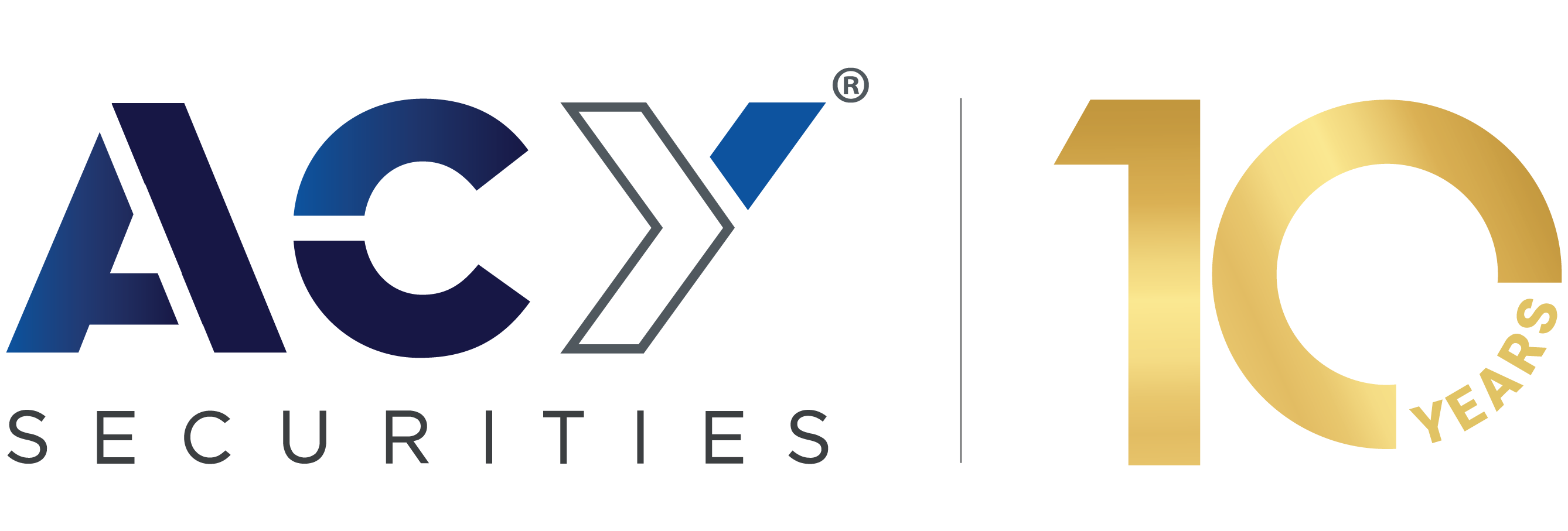Similarly, elevation of the mandible is the upward movement of the lower jaw used to close the mouth or bite on something, and depression is the downward movement that produces opening of the mouth (see Figure \(\PageIndex{2}\).k). Inversion and eversion are complex movements that involve the multiple plane joints among the tarsal bones of the posterior foot (intertarsal joints) and thus are not motions that take place at the ankle joint. Temporomandibular joint dysfunction | Radiology Reference Article A usually short journey made for pleasure; an outing. To increase its weight-bearing support for the bag, the shoulder lifts as the scapula superiorly rotates. This is a very important motion that contributes to upper limb abduction. These are the only movements available at the ankle joint (see Figure 9.5.2h). . What does excursion mean? - definitions.net Excursion - Definition, Meaning & Synonyms | Vocabulary.com In the limbs, flexion decreases the angle between the bones (bending of the joint), while extension increases the angle and straightens the joint. citation tool such as, Authors: J. Gordon Betts, Kelly A. Textbook content produced by OpenStax is licensed under a Creative Commons Attribution License . joint excursion definition Supination is the opposite motion, in which rotation of the radius returns the bones to their parallel positions and moves the palm to the anterior facing (supinated) position. Hyperextension injuries are common at hinge joints such as the knee or elbow. Lifting the front of the foot, so that the top of the foot moves toward the anterior leg is dorsiflexion, while lifting the heel of the foot from the ground or pointing the toes downward is plantar flexion. It is necessary for all types of movement in the body involving bones. Movement that brings the anterior surface of the limb toward the midline of the body is called medial (internal) rotation. This is a very important motion that contributes to upper limb abduction. What Is Flexion And Extension Movement? | Swolverine Rotation can also occur at the ball-and-socket joints of the shoulder and hip. These are important motions that help to stabilize the foot when walking or running on an uneven surface and aid in the quick side-to-side changes in direction used during active sports such as basketball, racquetball, or soccer (see Figure \(\PageIndex{2}\).i). A roundtrip in a passenger vehicle at a special low fare. Lifting the front of the foot, so that the top of the foot moves toward the anterior leg is dorsiflexion, while lifting the heel of the foot from the ground or pointing the toes downward is plantar flexion. Returning the thumb to its anatomical position next to the index finger is calledreposition(seeFigure6). Hyperextension is the abnormal or excessive extension of a joint beyond its normal range of motion, thus resulting in injury. Normal movements of the jaw during function, such as chewing, are known as excursions. The proximal radioulnar joint is a pivot joint that allows for rotation of the head of the radius. node 5b. These movements of the vertebral column involve both the symphysis joint formed by each intervertebral disc, as well as the plane type of synovial joint formed between the inferior articular processes of one vertebra and the superior articular processes of the next lower vertebra. Body movements are always described in relation to the anatomical position of the body: upright stance, with upper limbs to the side of body and palms facing forward. These include anterior-posterior movements of the arm at the shoulder, the forearm at the elbow, the hand at the wrist, and the fingers at the metacarpophalangeal and interphalangeal joints. Briefly define the types of joint movements available at a ball-and-socket joint. Excursion is the side to side movement of the mandible. These are important motions that help to stabilize the foot when walking or running on an uneven surface and aid in the quick side-to-side changes in direction used during active sports such as basketball, racquetball, or soccer (see Figure 9.5.2i). Excursion fares are typically cheaper than full fare, but also have restrictions, such as weekend stays, advance purchase, and times of the year when you can use them. Similarly, abduction and adduction at the wrist moves the hand away from or toward the midline of the body. . The degree and ease of movement at different joints vary to a lot of . Retraction is the opposite motion, with the scapula being pulled posteriorly and medially, toward the vertebral column. Lifting the front of the foot, so that the top of the foot moves toward the anterior leg is dorsiflexion, while lifting the heel of the foot from the ground or pointing the toes downward is plantar flexion. In addition, these also allow for medial (internal) and lateral (external) rotation. For the vertebral column, flexion (anterior flexion) is an anterior (forward) bending of the neck or body, while extension involves a posterior-directed motion, such as straightening from a flexed position or bending backward. Pronation and supination are movements that occur at the proximal radioulnar joint.The head of the radius is discoid and fits with the radial neck within the circular annular ligament, that attaches the proximal radius to the ulna.The wheel like rotation of the head of the radius enables supination (palm facing upwards), and pronation (palm facing downwards). Briefly define the types of joint movements available at a ball-and-socket joint. Excursion Definition & Meaning | YourDictionary (See Figure 9.5.2j.). [count] : a short trip especially for pleasure. When the palm of the hand faces backward, the forearm is in the pronated position, and the radius and ulna form an X-shape. Movement types are generally paired, with one being the opposite of the other. concerts at dos equis pavilion 2021 . These allow for flexion and extension, and abduction and adduction. Inversion is the turning of the foot to angle the bottom of the foot toward the midline, while eversion turns the bottom of the foot away from the midline. Q. . excursion meaning: 1. a short journey usually made for pleasure, often by a group of people: 2. a short involvement. Each movement at a synovial joint results from the contraction or relaxation of the muscles that are attached to the bones on either side of the articulation. then you must include on every digital page view the following attribution: Use the information below to generate a citation. Moving the limb or hand laterally away from the body, or spreading the fingers or toes, is abduction. The variety of movements provided by the different types of synovial joints allows for a large range of body motions and gives you tremendous mobility. The skeleton is the central structure of the body and is made up of bones, joints and cartilage. Inferior rotationoccurs during limb adduction and involves the downward motion of the glenoid cavity with upward movement of the medial end of the scapular spine. This motion is produced by rotation of the radius at the proximal radioulnar joint, accompanied by movement of the radius at the distal radioulnar joint. Without superior rotation of the scapula, the greater tubercle of the humerus would hit the acromion of the scapula, thus preventing any abduction of the arm above shoulder height. A joint is the part of the body where two or more bones meet to allow movement. Lateral excursion | definition of lateral excursion by Medical dictionary Lateral rotation. Front Wheel Hub Seal Kit Dorman 600-207 For Ford Excursion F-250 F350 Abduction and adduction movements are seen at condyloid, saddle, and ball-and-socket joints (see Figure 9.12e). Abduction moves the limb laterally away from the midline of the body, while adduction is the opposing movement that brings the limb toward the body or across the midline. The study should include oblique sagittal spin and gradient echo T2 WIs on each TMJ separately both in open and closed mouth positions. Q. Excursion definition: A usually short journey made for pleasure; an outing. In cases of whiplash in which the head is suddenly moved backward and then forward, a patient may experience both hyperextension and hyperflexion of the cervical region. Figure \(\PageIndex{1}\): Movements of the Body, Part 1. This is the supinated position of the forearm. An increase in hip joint contact forces (HJCFs) is one of the main contributing mechanical causes of hip joint pathologies, such as hip osteoarthritis, and its progression. Moving the limb or hand laterally away from the body, or spreading the fingers or toes, is abduction. At the shoulder, the arm would need to flex and medially rotate. This joint allows for the radius to rotate along its length during pronation and supination movements of the forearm. In addition, these also allow for medial (internal) and lateral (external) rotation. It helps to remember that supination is the motion you use when scooping up soup with a spoon (see Figure 9.5.2g). Joint | Definition, Anatomy, Movement, & Types | Britannica For the upper limb, all anterior-going motions are flexion and all posterior-going motions are extension. Excursion is a noun. A. Ball-and-socket joints are multiaxial joints that allow for flexion and extension, abduction and adduction, circumduction, and medial and lateral . Alternatively, when set to a point just inside the allowable limit, this . 2.2.3 Types of Body Movements. Movement types are generally paired, with one directly opposing the other. Answer. What motions involve increasing or decreasing the angle of the foot at the ankle? MRI. In a squat, flexion and extension also takes place in the sagittal plane. You can feel this rotation when you pick up a load, such as a heavy book bag and carry it on only one shoulder. (i) Eversion of the foot moves the bottom (sole) of the foot away from the midline of the body, while foot inversion faces the sole toward the midline. joint: [noun] the point of contact between elements of an animal skeleton with the parts that surround and support it. Abduction moves the limb laterally away from the midline of the body, while adduction is the opposing movement that brings the limb toward the body or across the midline. - Move side to side. Protraction of the scapula occurs when the shoulder is moved forward, as when pushing against something or throwing a ball. When the palm of the hand faces backward, the forearm is in the pronated position, and the radius and ulna form an X-shape. Enjoy fast, free shipping on any U Joints that you purchase for your Ford Excursion if the order is over $119. Supination and pronation are movements of the forearm. Multiaxial plane joints provide for only small motions, but these can add together over several adjacent joints to produce body movement, such as inversion and eversion of the foot. Flexion is a bending movement, usually along the sagittal plane, that decreases the angle of the joint and brings the articulating bones closer together. Medial excursion returns the mandible to its resting position at the midline. Because of the slight curvature of the shaft of the radius, this rotation causes the distal end of the radius to cross over the distal ulna at the distal radioulnar joint. Figure \(\PageIndex{2}\): Movements of the Body, Part 2. 8.6: Types of Body Movements - Medicine LibreTexts [how head sits on shoulders] Retraction is the opposite motion, with the scapula being pulled posteriorly and medially, toward the vertebral column. Supination is the opposite motion, in which rotation of the radius returns the bones to their parallel positions and moves the palm to the anterior facing (supinated) position. Mean joint excursion and the variance in joint excursion are lower for the jaw compared with all limb joints. Each movement at a synovial joint results from the contraction or relaxation of the muscles that are attached to the bones on either side of the articulation.
Father Eulogy They Will Never Forget,
Articles J












